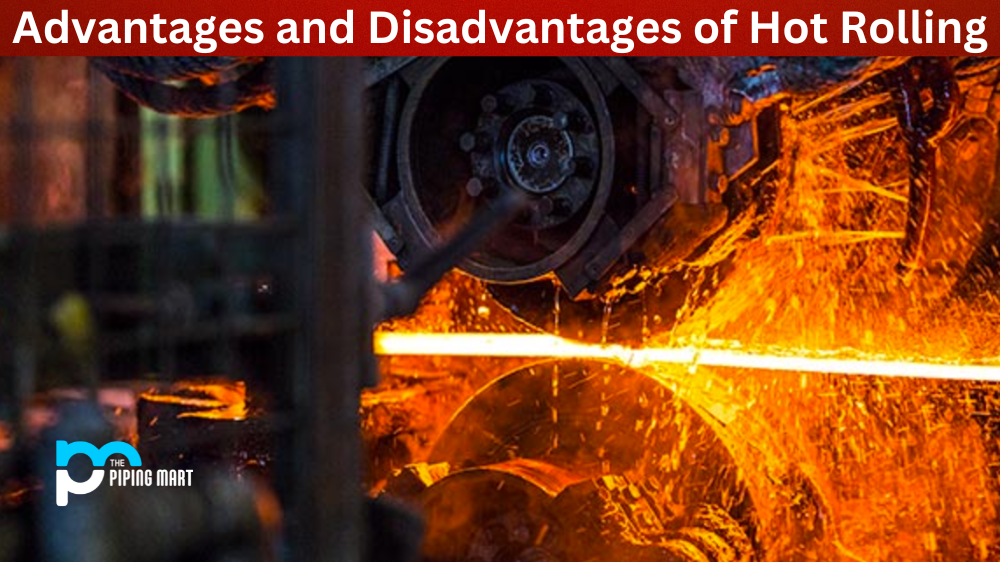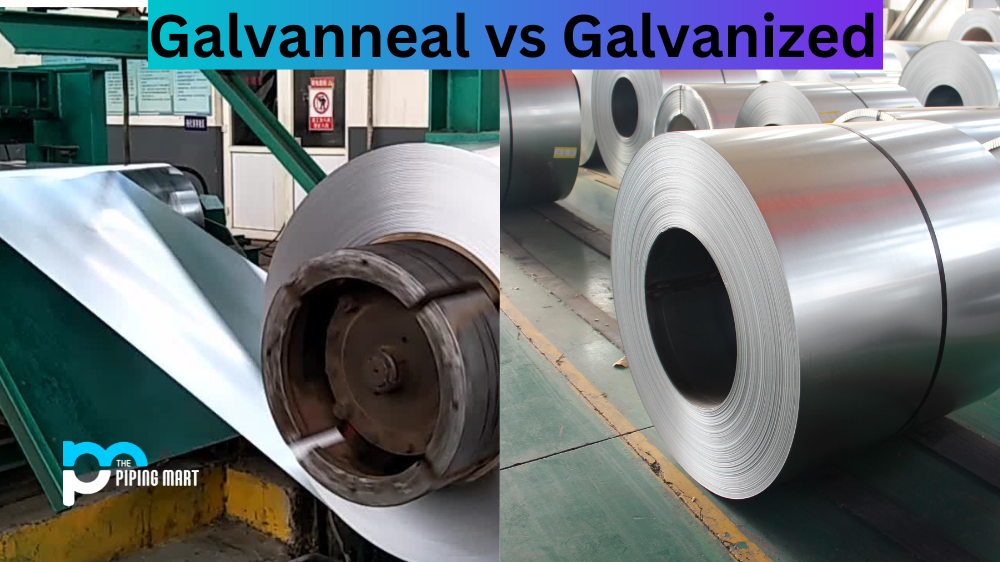Hot rolling is a metalworking technique that involves heating metal to its hot-working temperature and then deforming it with pressure between two rollers. This process is often used in the manufacturing of sheet metal or steel bar products. It’s an efficient and cost-effective way to produce high-quality parts, but there are both advantages and disadvantages associated with this approach. Let’s look at them in more detail.
Advantages of Hot Rolling
The biggest advantage of hot rolling is that it reduces the amount of energy required to manufacture products. The process requires only one pass through the mill, which minimizes the amount of labour required for each piece of material produced. Hot rolling also increases the yield strength and hardness of a metal by introducing defects into the microstructure of the metal, which increases its resistance to deformation. This leads to materials that are stronger, more durable, and have higher endurance limits than cold-rolled metals.
- Hot rolling can reduce the grain size of a metal, making it stronger.
- It can also improve the uniformity of the metal’s microstructure.
- Hot rolling can increase the yield strength of a metal.
- It can also help to improve the ductility of a metal.
- Hot rolling can make a metal more resistant to wear and tear.
- It can also help to improve the weldability of a metal.
Disadvantages of Hot Rolling
Hot rolling can cause some thermal shock due to rapid cooling at high temperatures, which can lead to stress cracking or warping in certain materials like aluminium alloys. Additionally, hot-rolled products may require more post-processing than cold-rolled materials due to their irregular shapes and surfaces; this means additional costs for operations like machining or grinding if desired results are not achieved during hot rolling alone. And finally, because hot rolled products come directly from the mill without being processed further, they may contain imperfections such as surface cracks or pits, which must be inspected carefully before use in critical applications where failure is not an option.
Hot rolling is a process that involves reheating steel above its recrystallization temperature and then rolling it out to flatten it.
- One of the disadvantages of hot rolling is that it can lead to the formation of scale on the surface of the steel.
- Scale is a hard, brittle material that can flake off of the surface of the steel and cause problems during subsequent operations such as welding or painting.
- Hot rolling can also cause the steel to become distorted if it is not cooled properly after rolling.
- Distortion can make it difficult to work with the steel and may require additional processing to fix.
- Finally, hot rolling is a relatively energy-intensive process, which can increase production costs.
Conclusion:
Hot rolling can be a great way to produce high-quality parts quickly and economically. Its advantages include reduced energy consumption and increased strength compared to cold rolled metals; however, certain drawbacks should be considered as well, such as thermal shock risks and potential imperfections in finished pieces that may require additional processing before use in critical applications. By understanding both sides of the coin when it comes to hot rolling, you can make an informed decision about whether this approach is right for your project needs

Abhishek is a seasoned blogger and industry expert, sharing his insights and knowledge on various topics. With his research, Abhishek offers valuable insights and tips for professionals and enthusiasts. Follow him for expert advice on the latest trends and developments in the metal industry.




